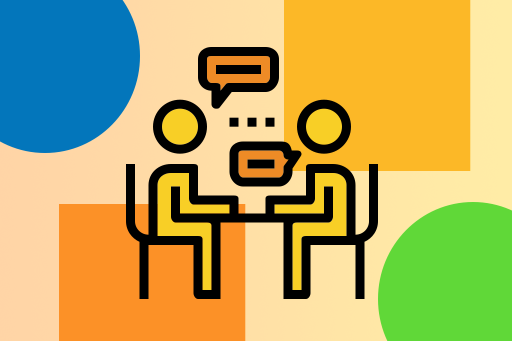- 1Quiz: UML Concepts – Test Your Understanding of UML Diagrams and Principles
- 2Practical Assignment: UML Modeling – Step-by-Step UML Design Task for Java Beginners
- 3UML Review and Feedback – How to Evaluate and Improve UML Models in Java Projects
- 4UML Certificate of Completion – How to Earn and Use Your Certification
Certificate of Completion
Why a Certificate of Completion Matters
In the world of software development, especially when it comes to modeling complex systems with UML (Unified Modeling Language), practical skills matter. But having a recognized proof of those skills? That’s where a Certificate of Completion comes in. It signals to employers, clients, and academic institutions that you've not just skimmed theory — you've done the work.
Think of this certificate as your personal milestone — a credential that communicates “I understand UML diagrams, and I can model real-world systems using them.” It’s not just a PDF. It’s a professional asset.
What This Certificate Proves
- You’ve completed a comprehensive UML course.
- You’ve practiced with use case, class, sequence, and activity diagrams.
- You’ve worked on real-world modeling assignments, such as school or e-commerce systems.
- You understand UML’s application in the software development lifecycle (SDLC), Agile environments, and collaborative workflows.
Eligibility Requirements
To be eligible for your Certificate of Completion, you must complete the following components:
- Go through all course modules (tracked automatically).
- Score at least 70% in the final UML quiz.
- Submit a UML modeling assignment (e.g., design a system for school management, including diagrams).
- Complete a peer review of another student’s model or participate in one feedback session.
What the Certificate Looks Like

The certificate includes:
- Your name (as provided at signup)
- Course title and duration
- Date of completion
- Certificate ID and QR code (optional)
- Instructor or institution’s signature and logo
How to Download Your Certificate
Step-by-Step:
- Log in to your dashboard.
- Go to the “My Learning” or “Course Progress” section.
- Once eligible, click the “Download Certificate” button.
- Choose your format: PDF (default), PNG (optional).
- Click download and save it for your records.
Pro tip: Always download a backup and save it in your cloud drive.
How to Use Your Certificate
Once you’ve earned it, don’t let it sit in your downloads folder! Here’s how to put your UML Certificate of Completion to good use:
1. Add It to Your Resume
Include it under a “Certifications” section. Mention the course name, platform, and completion year.
// Resume Example
Certifications:
- UML Modeling and Design, Completion Certificate, 2025
Issued by: [Platform Name]
2. Update Your LinkedIn
Add the certificate to your LinkedIn profile under “Licenses & Certifications.” Attach a direct link if possible.
3. Showcase in Your Portfolio
If you have a personal website or GitHub portfolio, add the certificate alongside your UML assignments and diagrams. This tells recruiters you can document your process — a rare and valuable skill.
Real-World Value: Why Employers Care
Here’s what a certificate tells an employer:
- You understand system design: Especially helpful for Java, C++, or full-stack roles.
- You communicate visually: Critical for teams working in Agile or large architectures.
- You finish what you start: Commitment matters.
Hiring managers often use certifications to shortlist candidates — not just for their skills, but for their initiative.
Example Scenario: School Management System
Let’s say you modeled a school system with the following:
- Use Case: Enroll Student, Assign Grade, View Report
- Class Diagram: Student, Teacher, Grade
- Sequence Diagram: Grade assignment process
- Activity Diagram: Login and view report
These diagrams, bundled with your certificate, show not only that you know UML — but that you can apply UML to real-world problems. That’s certification + experience in one package.

FAQs
Can I share this certificate on LinkedIn?
Absolutely. In fact, we encourage it. Use the “Share” feature or upload it under “Licenses & Certifications.”
Is this certificate industry-recognized?
While it’s not accredited like a university degree, it’s highly regarded in hiring pipelines and shows tangible skills in software design and communication.
Does the certificate expire?
No. However, updating your skills and diagrams regularly is recommended as UML evolves in usage.
Conclusion: Your UML Journey, Certified
Completing a UML course is more than just checking boxes. It’s about mastering a way to think, plan, and communicate software logic. Your Certificate of Completion is a badge of that journey — one that proves you’re not only technically competent but also documentation-ready, architecture-aware, and visually fluent.
Now, go ahead — print it, share it, show it off. You’ve earned it.







Comments
Loading comments...